Baseball History Comes Alive Now Ranked #2 by Feedspot Among All Internet Baseball History Websites and Blogs!
Guest Submissions from Our Readers Always Welcome!
THE BASEBALL HISTORY COMES ALIVE BLOG
Here’s a link to see the entire Blog Archives
October 12, 2022
Today I’ll continue my weekly “deep dive” into the Black Sox scandal with a look at the 1919 Cincinnati Reds, a strong team completely overshadowed by the events of the scandal. This essay, along with all the others I’m posting in this series, is a slightly edited version of the one that originally appeared in my 2019 book, Reflections on the 1919 Black Sox: Time To Take Another Look, available on Amazon.
In the featured photo above, we see the 1919 Reds team photo. A few years ago, I did the player IDs for this photo. See how many players you can pick out before looking at the complete player identifications below.
New Blog Topic
1919 Cincinnati Reds: Talk About Being Overshadowed!
“If they threw some of the games they must be consummate actors, and their place is on the stage, for nothing gave us the impression they weren’t doing their best.” -Reds’ manager Pat Moran [1]
Those of you following along with my posts about the 1919 World Series know where I stand. As I’ve said many times, I don’t know what really happened, but my hunch is that conventional wisdom doesn’t tell us the whole story.
Were the Black Sox guilty of cavorting with gamblers, agreeing to a “fix,” and accepting money? Yes, for sure. Did they get what they deserved? Most definitely. Did they actually throw World Series games? Well, of that I’m still not so sure.
The Reds Were Pretty Darn Good
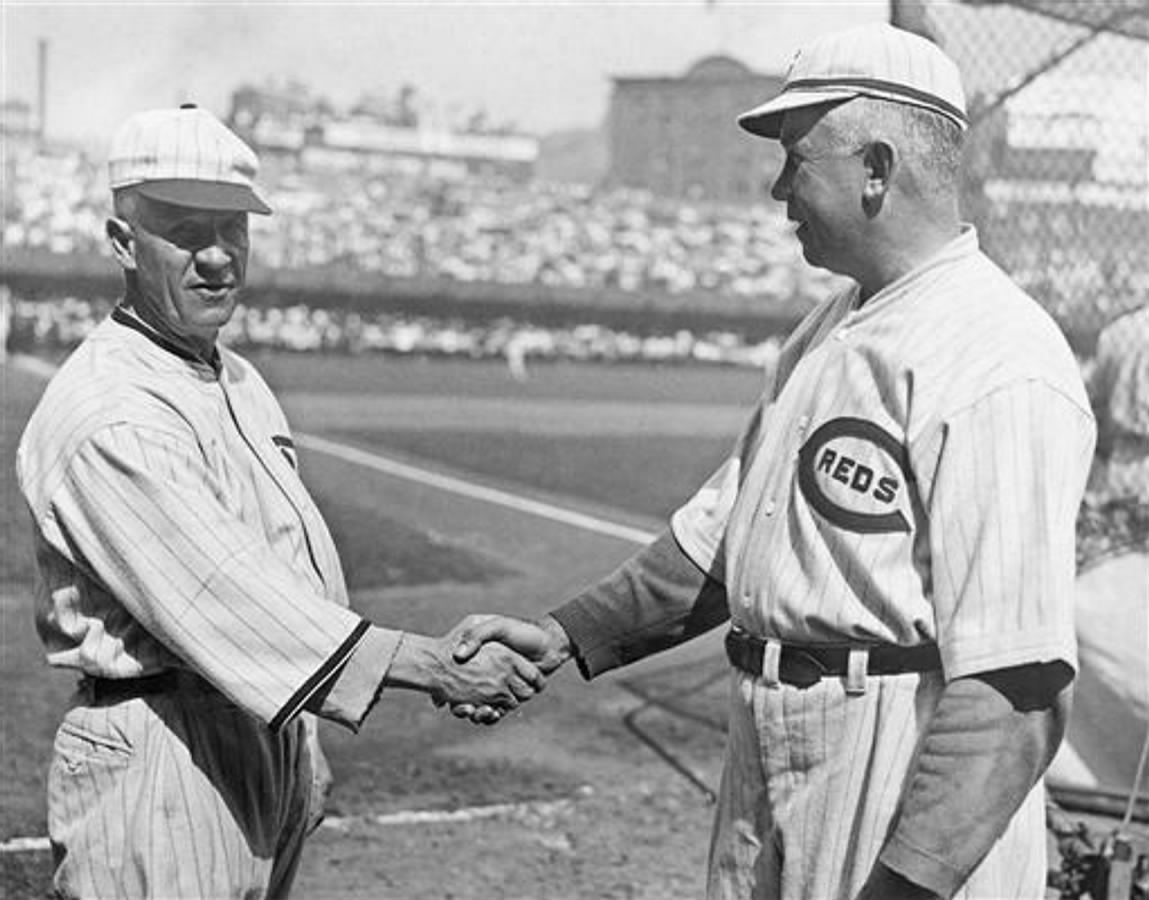
I’ve recently been thinking about the team that actually won the Series: the Cincinnati Reds. “Upon further review,” I’ve come to the conclusion that the Reds were a pretty darn good team. Read on and see if you agree with me…
There’s no question the White Sox were a great team with stars like Shoeless Joe Jackson, Buck Weaver, Hap Felsch, Chick Gandil, Eddie Cicotte, Lefty Williams, Eddie Collins, and Red Faber. But guess what? The Reds had their share of stars too; and, overshadowed by the Black Sox scandal, they were a team that gets very little notoriety.
The Reds were led by their great Hall of Fame centerfielder, Edd Roush, and their roster included at least two other stars: Jack Daubert and Heine Groh. They were solid up and down their lineup, which included Ivey Wingo, Morrie Rath, Larry Kopf, and Greasy Neale.
With White Sox star Red Faber out for the series, the Reds actually had deeper pitching with starters Dutch Ruether, Hod Eller, Slim Sallee, Jimmy Ring, and Ray Fisher, plus relievers Dolf Luque and Rube Bressler. In a nine-game series, pitching depth was key. During the regular season, they had a significant advantage over the White Sox in team ERA: 2.23 to 3.04, plus they had 23 shutouts to the White Sox’ 11.
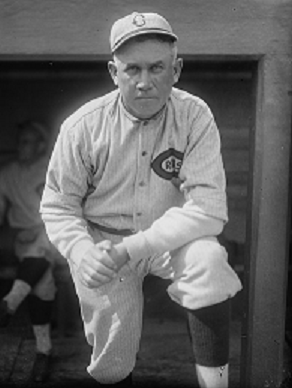
While the White Sox had a higher team batting average (.287 to .263), the Reds had a slightly better team fielding percentage (9.74 to 9.67), with 24 fewer errors during the regular season. They were managed by Pat Moran in his first season at the Reds’ helm since taking over for the ailing Christy Mathewson. Moran had previously guided the Phillies (1915-1918), going 323-257, and leading them to the 1915 National League pennant.
On February 1, the Reds obtained first baseman Jake Daubert from the Brooklyn Robins, releasing the notorious Hal Chase and thereby solidifying their infield. In March, they added pitching depth as they signed Ray Fisher from the Yankees and Slim Sallee from the Giants off waivers.
In 1919, the Reds were coming off a solid year (68-60) in the shortened 1918 season. They started 1919 with nine wins in the first ten games. After an 11-15 slump, they went 24-7 over their next 31 games. By late August they began to pull away from the league with an 81-34 record and a nine-game lead. They finished the season with a then franchise-best record of 96-44 and cruised to their first pennant since 1882 when the franchise was in the American Association.
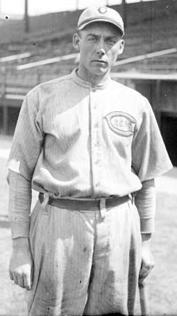
Star center fielder Edd Roush posted a league-leading .321 average, a team-high 71 RBIs, plus 20 stolen bases. Third baseman Heinie Groh hit .310 with a team-high five home runs, 63 RBI, and 21 stolen bases, while newly acquired Jake Daubert hit .276 with two home runs and 44 RBI. Outfielder Greasy Neale led the team with 28 stolen bases while batting .242 with a home run and 54 RBI.
Hod Eller anchored the pitching staff, posting a 19-9 record with a 2.39 ERA over 248 innings. Dutch Ruether led the National League with a .760 winning percentage (19-6), and a team-best 1.82 ERA. Slim Sallee led the Reds in victories with a 21-7 record, a 2.06 ERA, and a team-high 22 complete games. Ray Fisher had a solid 14-5 record with a 2.17 ERA in 26 games. There’s no doubt the Reds’ pitching staff was solid.
How the Reds Viewed the Series
It’s interesting to read the reflections of the Reds’ players on the 1919 World Series. Without exception, they all thought they had won fair and square. Some continued to believe that even after details of the scandal broke.[2]
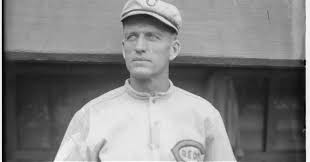
Jake Daubert: “I was there, I saw them. We had the jump on the Sox in every game.”
Larry Kopf: We didn’t surmise a damn thing. I couldn’t figure it out.”
Ivy Wingo: “Cicotte worked hard to make us easy outs.”
Hod Eller: “The White Sox were playing for keeps.”
Greasy Neale: “There may have been some queer plays in Game One. But all the other games were honestly contested.”
Edd Roush: “I can’t yet see how they could play the way they did and throw the games. It’s a mystery to me.”
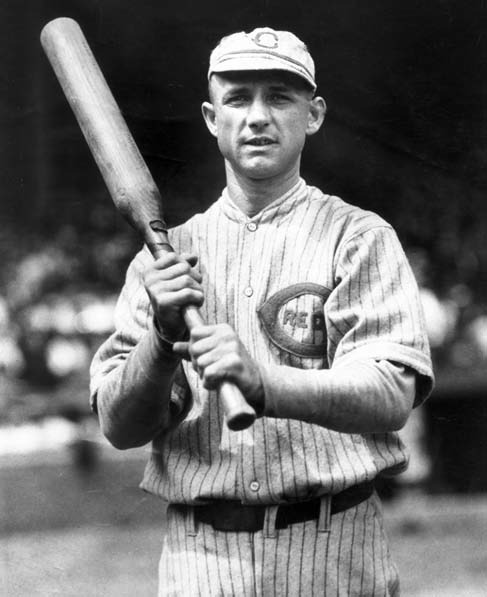
Heine Groh: “They seemed to be doing their level best to win. We attributed the stories to the White Sox not trying to ‘sour grapes.’ I didn’t see anything that looked suspicious. But I think we’d have beaten them either way.”
Reds’ owner Garry Hermann: “We believe firmly that we would have beaten them had every man of Comiskey’s team played the string out and on the level.” [3]
Overall this was a very solid Reds team. Were they as good as their 1970s descendants, the Big Red Machine? No, not by a long shot. But they were certainly no fluke; and, by the time the World Series rolled around, could very well have been the better team. Plus the White Sox were a faction-ridden team carrying extreme mental baggage, while the Reds were a close-knit group who, as the underdogs, played loose with nothing to lose.
The history of the World Series is replete with upsets. So the fact that the heavily favored White Sox lost the series is not a definitive or conclusive argument in itself that the series was “fixed.”
1919 Cincinnati Reds Player Identifications
Top: Sherry Magee, Edd Roush, Morrie Rath, Hod Eller, Slim Sallee, Ed Garner, Ray Fisher. Middle: Jake Daubert, Charlie See, Dutch Ruether, Pat Moran, Bill Rariden, Nick Allen, Ivey Wingo, Greasy Neale. Front: Jimmy Smith, Dolf Luque, Pat Duncan, Larry Kopf, Ray Mitchell, Hank Schreiber.
Gary Livacari
[1] The New York Times, October 1, 1920
[2] All player quotes from Burying the Black Sox, pp. 22-24
[3] Ibid
As always, we enjoy reading your comments
Here’s a link to see the entire Blog Archives
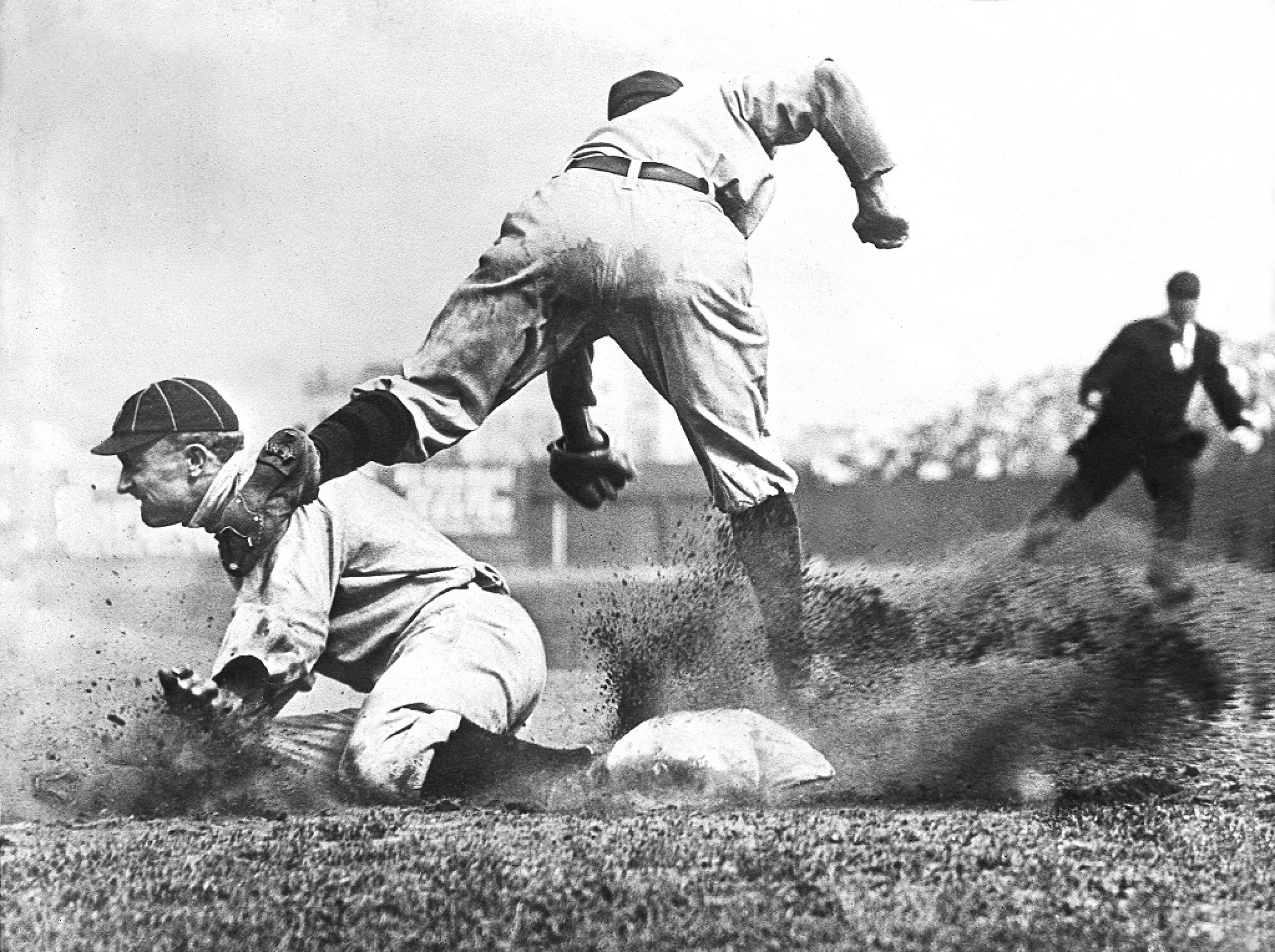
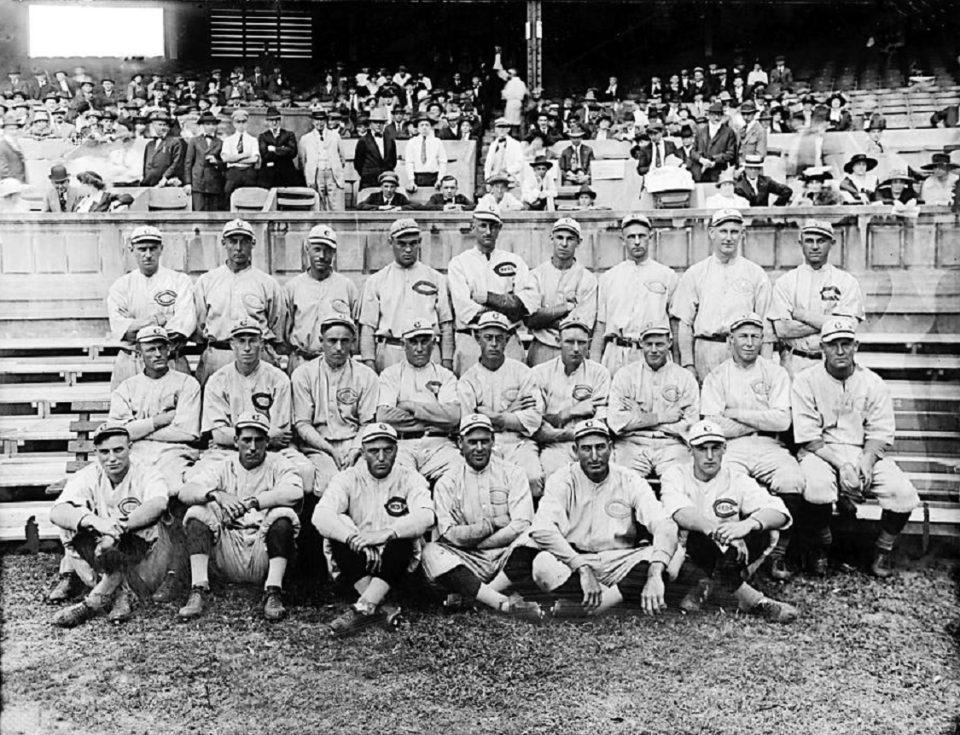
Look at the Win Loss. Look at the last ten games. Look at how the team would lose, one, two or four losses in a row. The last ten games they win two. I think Cominsky knew this game was being fixed and let it ride, so, it would keep those players pockets full and happy. Instead of griping. I believe the wrong questions got asked. Ban Johnson saved Cominsky from being implemented with the players. Owners putting a Judge in charge of things would insure a secure cover up. Someone paid for those confession to be misplaced. I believe the Reds had this Series to begin with. I wasn’t alive then and whose to say that the White Sox weren’t heavily favored to win by the population. The original reporter who broke the story has me pondering the question of his involvement with the gamblers? Did they get him to write the stuff like the CWS was favored for the sole purpose of fixing the game. It’s interesting to read in the SI Sept 1957 about chic gandil’s side of the story. The ones who didn’t say anything at all either knew naught or knew too much and is why they remained silent. Maybe the ball player figured to let it go to believing all who was the instigator. Maybe Mullins was the one who got approached. These are just my theories. It’s very interesting tale of woe. I think the more information on the subject and focusing on the ones who was there. Trying to find news article is starting to be easier. Getting it all together is the real task. I do feel that this story has more to tell us. So, many stories are in this one. The boxer Attel is an intriguing character.
Thanks Matthew for the detailed commentary.
I think we should also pay attention to some of those other teams, who had questionable characters on them, ones who was into gambling, like the Detroit Tigers and Tyrus Cobb. Also, Tris Speaker had to quit being a manager because of a later baseball cheating scandal, like Cobb. How about the unbeknownst players who made it to the bogs for a stint. The grand jury paid great attention to who these players had pal around with.
Another good dive, Dr. Livacari! I agree it’s a shame the Redlegs’ series win in 1919 was tainted shortly after by cries of a fix. Their championship that year has ever since borne the unfortunate burden of a phantom “asterisk” attached to it by winking/smirking fans and so-called historians who paid scant attention to all the facts. It has been over a hundred years now, and this team’s persona is still adversely affected as a result. Most probably, at this late date, it always will be.
Unfortunately, it’s well nigh impossible to “unring” a bell. Just think how tough it is to build and maintain a sterling, trustworthy reputation over the years, and how easy it can be to lose it all on account of a single, damning accusation of malfeasance — whether true or not. I have to believe it’s one of the reasons so many worthy citizens refuse to run for political office these days.
Well, as long as Cincinnati and its great old ball-club have the championship trophy anyway, maybe they can try to shine it up a bit! Here’s hoping they do.
Michael
Thanks Michael…great comments!